- Product
- Solution for
For Your Industry
- Plans & Pricing
- Company
- Resources
For Your Industry
Price elasticity is a fundamental concept in economics, vital for both businesses and policymakers when making pricing decisions. It reflects how sensitive consumer demand is to changes in a product’s price. Essentially, it measures the degree to which price changes impact the quantity of a product that consumers are willing to purchase. Understanding price elasticity is crucial for businesses seeking to maximize revenue, respond to market competition, and strategically set prices to win no matter the circumstance. In this guide, we will delve into the different types of price elasticity, the factors that affect it, and why it matters for businesses.

At its core, price elasticity of demand (PED) is a measure of the responsiveness of the quantity demanded of a product to a change in its price. The formula for calculating price elasticity is:
Price Elasticity of Demand (PED) = % Change in Quantity Demanded / % Change in Price
For example, if a company raises the price of a product by 5% and demand falls by 10%, the price elasticity of demand is -2, meaning the demand is highly elastic. The degree of elasticity influences whether a business can raise or lower prices without significantly affecting its sales volume.
There are three primary types of price elasticity of demand:
Elastic Demand: Demand is considered elastic when a small change in price results in a larger change in the quantity demanded. For instance, if a 5% price increase leads to a 10% drop in sales, the demand for the product is elastic. Products with elastic demand are often non-essential or have many substitutes, meaning consumers can easily switch to alternatives when prices rise.
Inelastic Demand: Demand is considered inelastic when changes in price result in relatively smaller changes in the quantity demanded. For example, a 5% price increase might result in only a 2% decrease in sales, indicating that consumers are relatively insensitive to price changes. Inelastic demand is common for necessities or products with fewer substitutes, such as gasoline or essential medicines.
Unit Elastic Demand: Demand is unit elastic when the percentage change in quantity demanded is exactly equal to the percentage change in price. For example, a 5% increase in price leads to a 5% reduction in quantity demanded. In this case, total revenue remains constant as price changes.
Understanding price elasticity allows businesses to develop pricing strategies that align with consumer behavior and market conditions. By recognizing whether demand for a product is elastic or inelastic, businesses can:
Maximize Revenue: If a product has elastic demand, businesses should be cautious about raising prices because it could lead to a substantial drop in sales. On the other hand, if demand is inelastic, a price increase could lead to higher revenue without significantly reducing sales volumes.
Segment Markets: Businesses can use elasticity to price discriminate, charging different prices to different consumer groups based on their sensitivity to price changes. For example, airlines charge different fares for business travelers (who have inelastic demand) and leisure travelers (who have more elastic demand).
Respond to Competitor Pricing: When a competitor lowers prices, understanding elasticity helps businesses decide whether to follow suit. If demand is elastic, a price reduction could prevent loss of market share. If demand is inelastic, the business might not need to lower its price to maintain sales.
Price elasticity of demand is just one type of elasticity that businesses consider. Other forms include:
Income Elasticity of Demand: Measures how demand changes in response to changes in consumer income. Products can be classified as normal goods (demand increases as income increases) or inferior goods (demand decreases as income increases).
Cross-Price Elasticity of Demand: Measures how demand for one product changes in response to a price change in another product. This is useful for understanding substitute and complementary goods. For example, an increase in the price of coffee might lead to a rise in demand for tea (substitute), or a decrease in the demand for coffee creamers (complement).
Several factors can impact the price elasticity of demand for a product, making it either more or less sensitive to price changes:
Availability of Substitutes: The more substitutes a product has, the more elastic its demand tends to be. Consumers can easily switch to another product if the price of the original product rises. For example, the demand for specific brands of toothpaste is likely elastic because many alternative brands are available.
Necessity vs. Luxury: Necessities, such as food and basic utilities, generally have inelastic demand because consumers need them regardless of price changes. Luxury goods, like high-end electronics or designer clothing, tend to have elastic demand since consumers can delay or forego their purchase if prices rise.
Proportion of Income: Products that take up a large proportion of consumers’ income usually have more elastic demand. For example, a significant price hike in real estate or cars may lead to a sharp decrease in demand since these purchases represent a large financial commitment.
Time Horizon: Elasticity can vary over time. In the short term, demand for a product may be inelastic because consumers need time to find alternatives. Over the long term, demand may become more elastic as consumers adjust their preferences or find substitutes.
Brand Loyalty and Habit Formation: Products with strong brand loyalty or habitual consumption tend to have inelastic demand. For example, a consumer may continue to buy their favorite coffee brand even after a price increase because of loyalty or habit.
The formula for price elasticity is simple, but interpreting the results requires context:
Price Elasticity = (% Change in Quantity Demanded) / (% Change in Price)
Here’s a step-by-step approach to calculating price elasticity:
Determine the Initial and New Price: Record the original price of the product and the new price after a change.
Measure the Initial and New Quantity Demanded: Record the quantity demanded before and after the price change.
Calculate the Percentage Change in Price: Use the formula:
%Change in Price=New Price−Old PriceOld Price×100\% \text{Change in Price} = \frac{\text{New Price} – \text{Old Price}}{\text{Old Price}} \times 100%Change in Price=Old PriceNew Price−Old Price×100Calculate the Percentage Change in Quantity Demanded: Use the formula:
%Change in Quantity Demanded=New Quantity−Old QuantityOld Quantity×100\% \text{Change in Quantity Demanded} = \frac{\text{New Quantity} – \text{Old Quantity}}{\text{Old Quantity}} \times 100%Change in Quantity Demanded=Old QuantityNew Quantity−Old Quantity×100Calculate the Price Elasticity: Divide the percentage change in quantity demanded by the percentage change in price.
Understanding price elasticity is a powerful tool for businesses aiming to optimize pricing strategies. Here’s why:
Revenue Optimization: By understanding the elasticity of demand, businesses can set optimal prices that maximize revenue. If a product is inelastic, a price increase can generate more revenue without a significant reduction in demand. Conversely, if a product is elastic, a price increase could lead to a dramatic drop in sales, and businesses might be better off lowering prices to boost revenue through higher sales volumes.
Strategic Pricing in Competitive Markets: In highly competitive markets, price elasticity becomes crucial for staying competitive. Businesses need to be aware of how sensitive consumers are to price changes compared to rival products. This can help businesses avoid losing market share when competitors lower prices or when new players enter the market.
Product Differentiation and Branding: Businesses can use the insights from price elasticity to invest in branding and product differentiation strategies that reduce elasticity. By building strong brand loyalty and unique product features, businesses can create inelastic demand, giving them greater control over pricing.
Promotional and Discount Strategies: Understanding how consumers respond to price cuts allows businesses to design more effective promotions. For products with elastic demand, temporary discounts can significantly increase sales volumes, helping businesses clear inventory or attract new customers.
Let’s consider a real-world example of price elasticity in action.
Apple’s iPhone pricing strategy is a perfect illustration of how understanding price elasticity can drive profitability. Despite high prices, the iPhone enjoys relatively inelastic demand due to several factors, including strong brand loyalty, a lack of close substitutes in the premium smartphone market, and habitual consumption by Apple users. Apple is able to charge premium prices without seeing significant drops in sales, maximizing revenue. By understanding the inelastic nature of demand for the iPhone, Apple can introduce price hikes with minimal risk of losing customers.
Price elasticity is a crucial concept for businesses in any industry. Whether you’re a small startup or a global enterprise, understanding how price changes impact consumer demand can help you optimize your pricing strategy, stay competitive, and maximize revenue. By recognizing whether demand is elastic or inelastic, and by knowing the factors that influence elasticity, businesses can make informed decisions about pricing, promotions, and market positioning.
Ultimately, mastering price elasticity is about knowing your product, your market, and your customers. With this knowledge, businesses can set prices that win, no matter the circumstance.
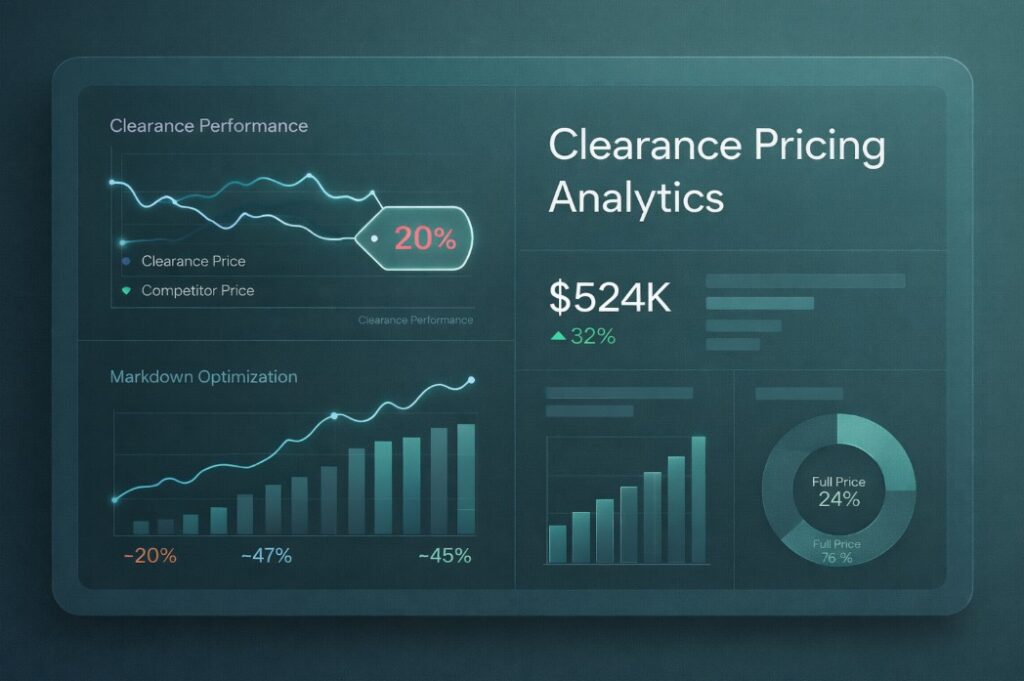
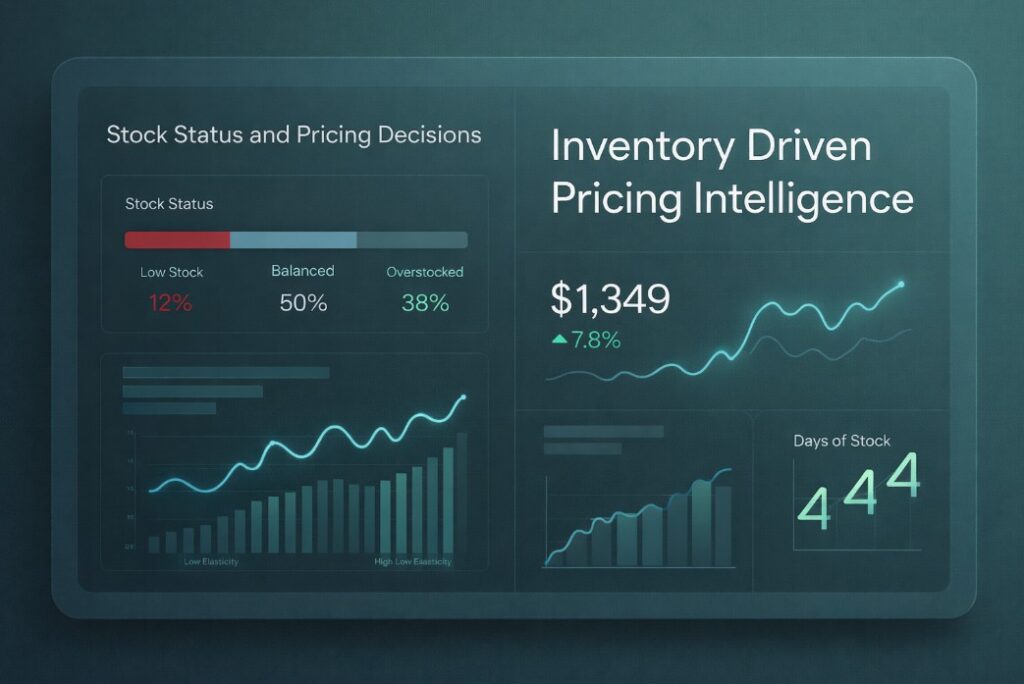
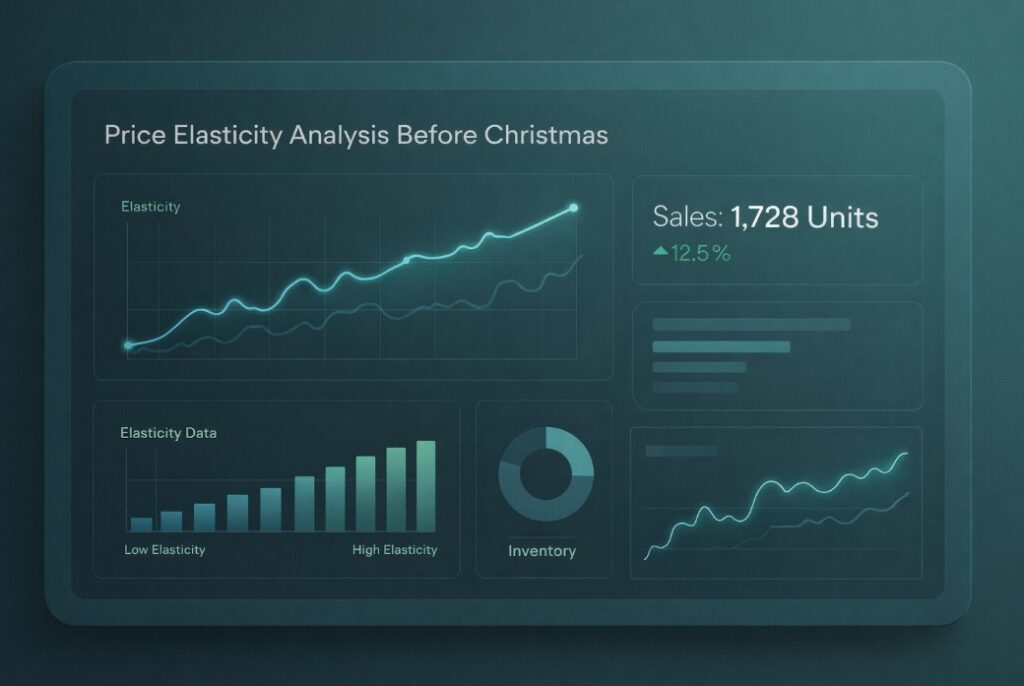
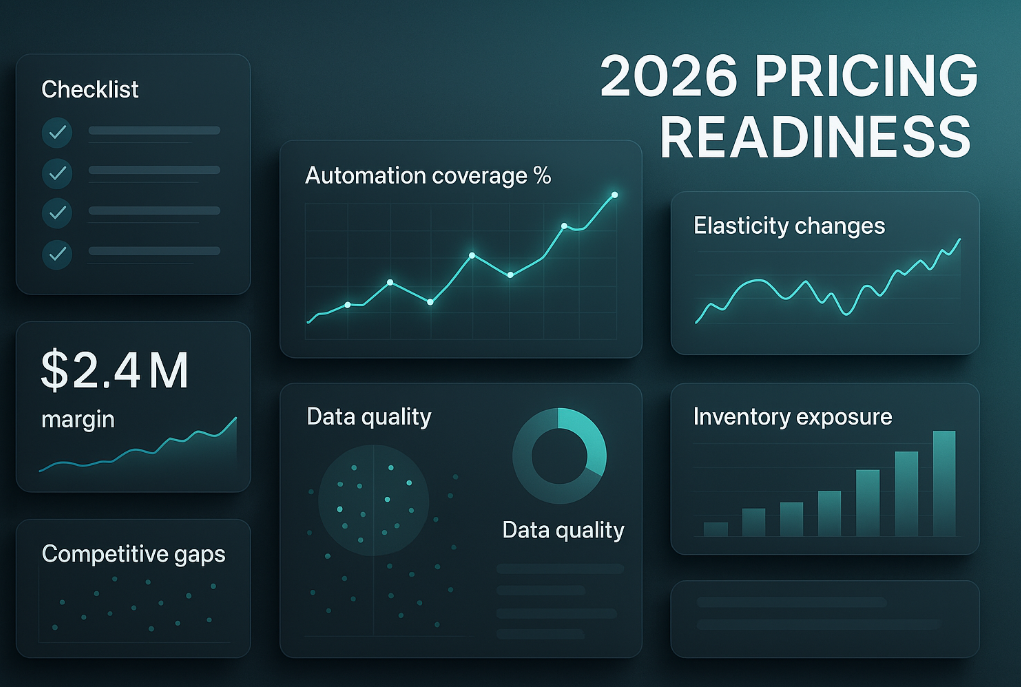

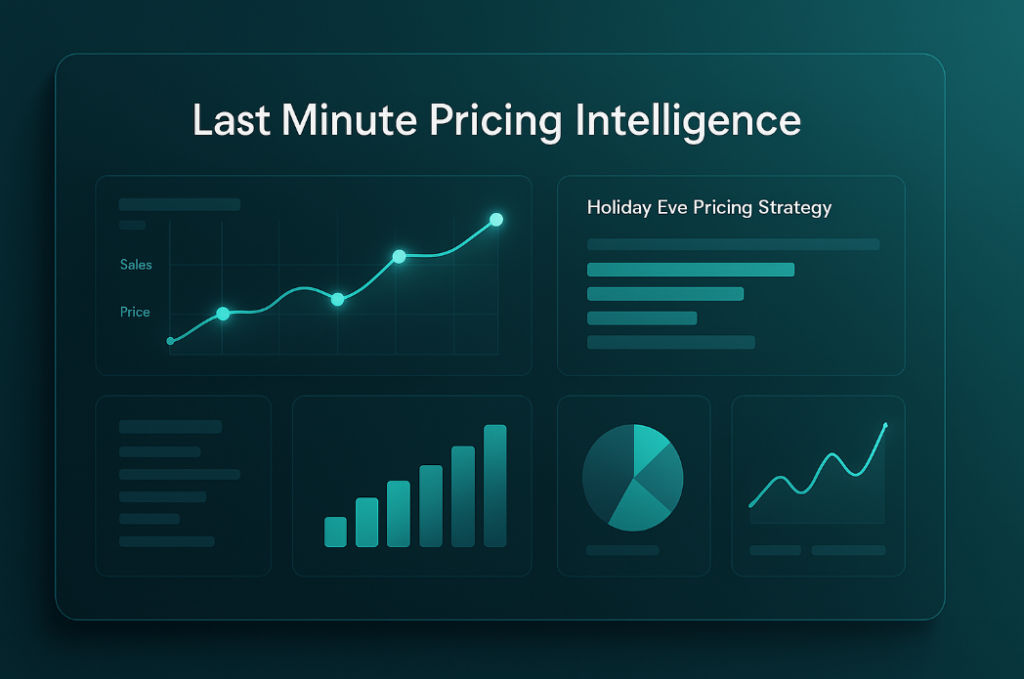







Missing an important marketplace?
Send us your request to add it!